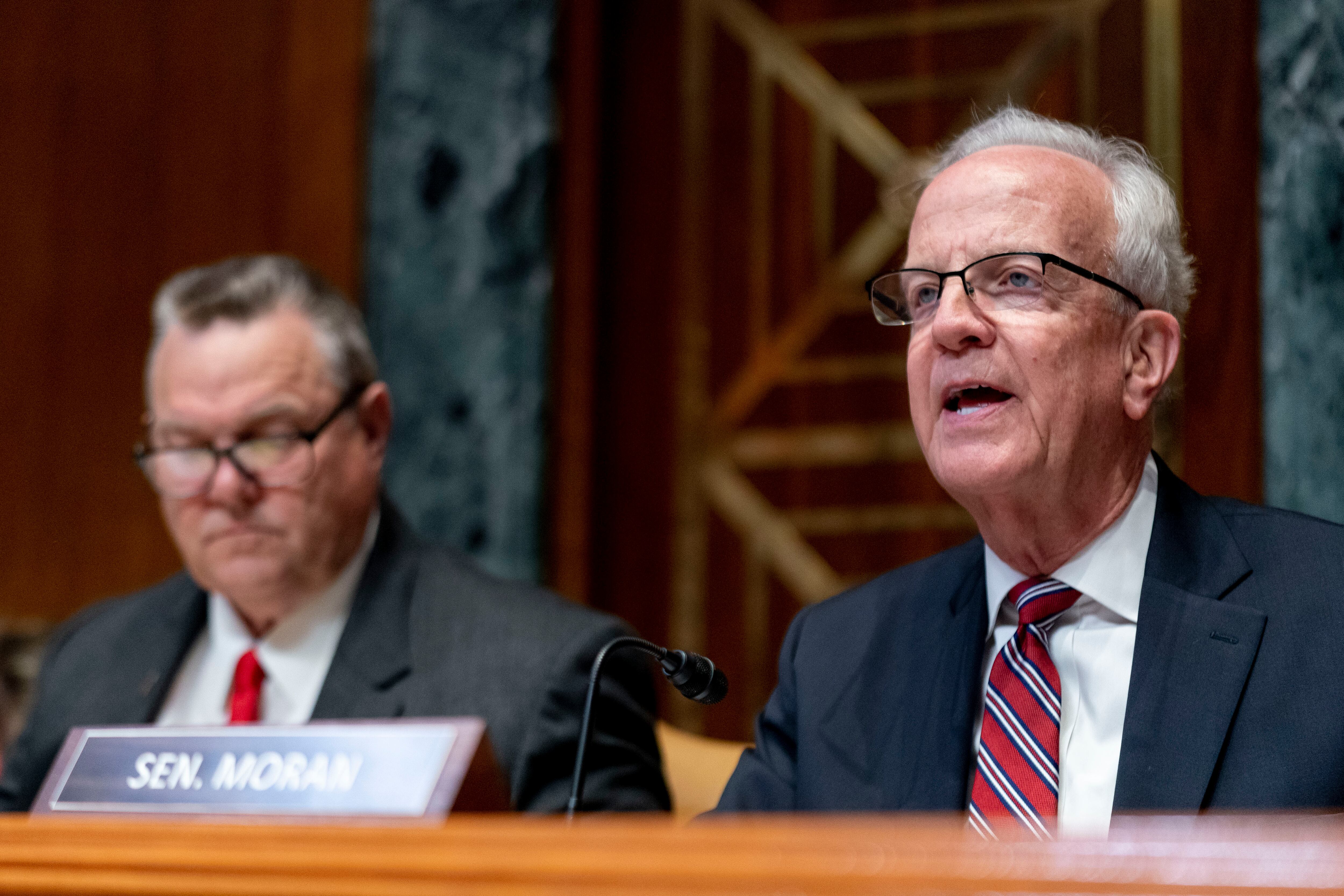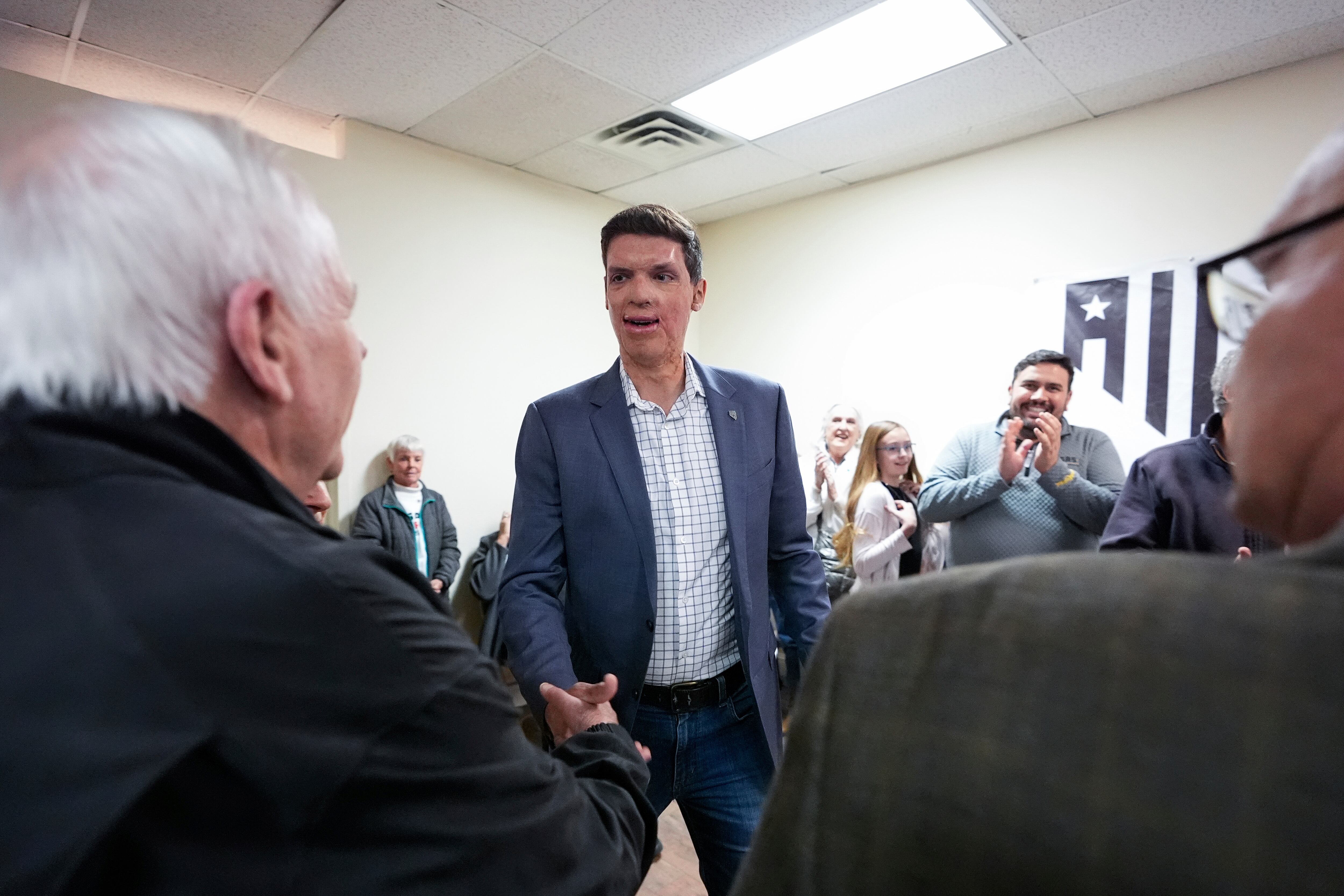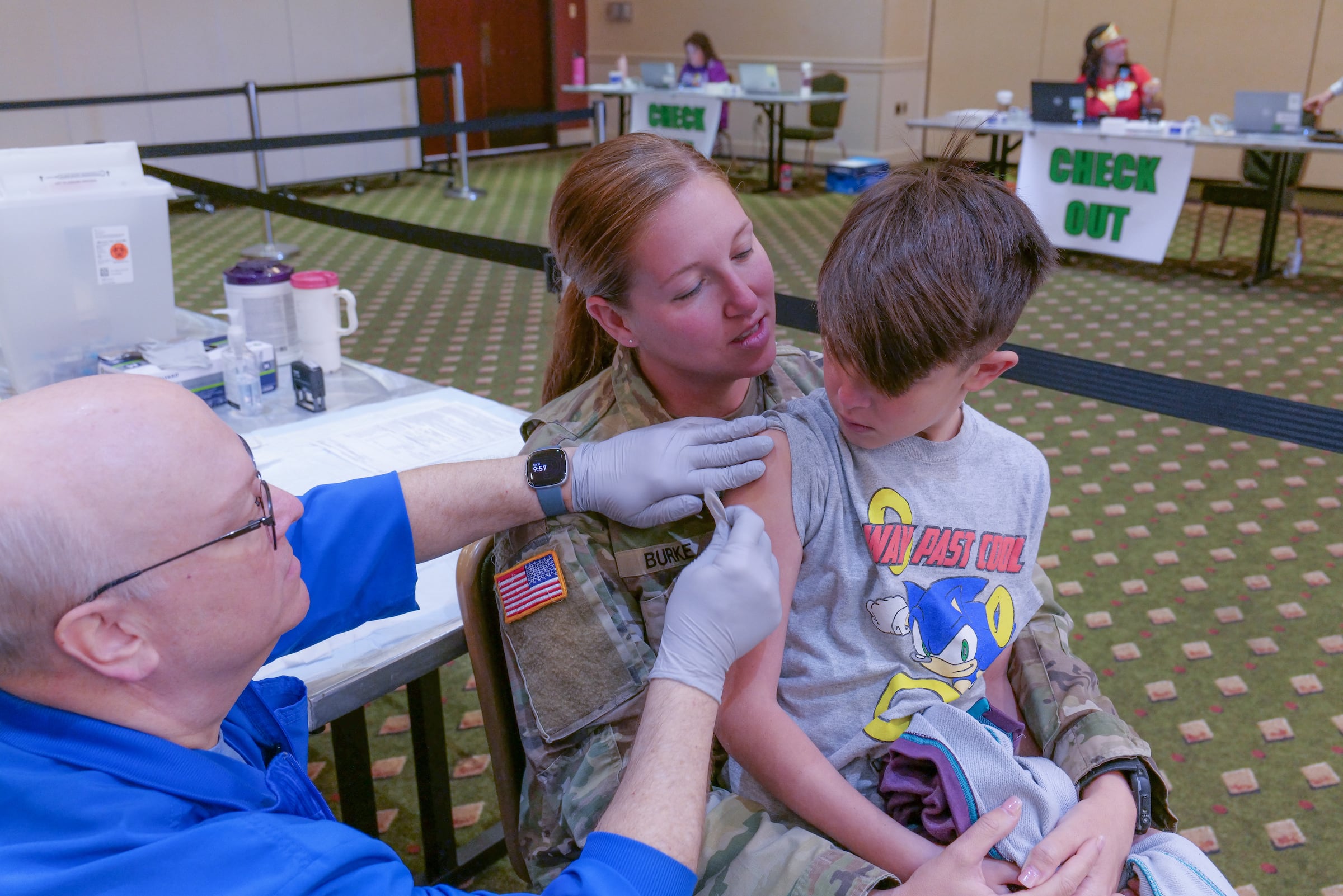Bill Eaton was surprised to discover that his life really did flash before his eyes.
It was dark, and the young sailor was struggling to stay afloat in the waters off Tassafaronga after his cruiser, Northampton, was hit by a Japanese torpedo just before midnight on Nov. 30, 1942.
As he floated, Eaton remembered his childhood in Colorado and playing drums in the school band, which led to his enlistment in the Navy’s School of Music, then graduation on May 26, 1942.
He also recalled the events of his last six months on board Northampton.
Now he wondered if this was the end.
The voice of his friend Corder Janes shouting “Don’t give up, Bill! Don’t give up!” snapped him back to the present.
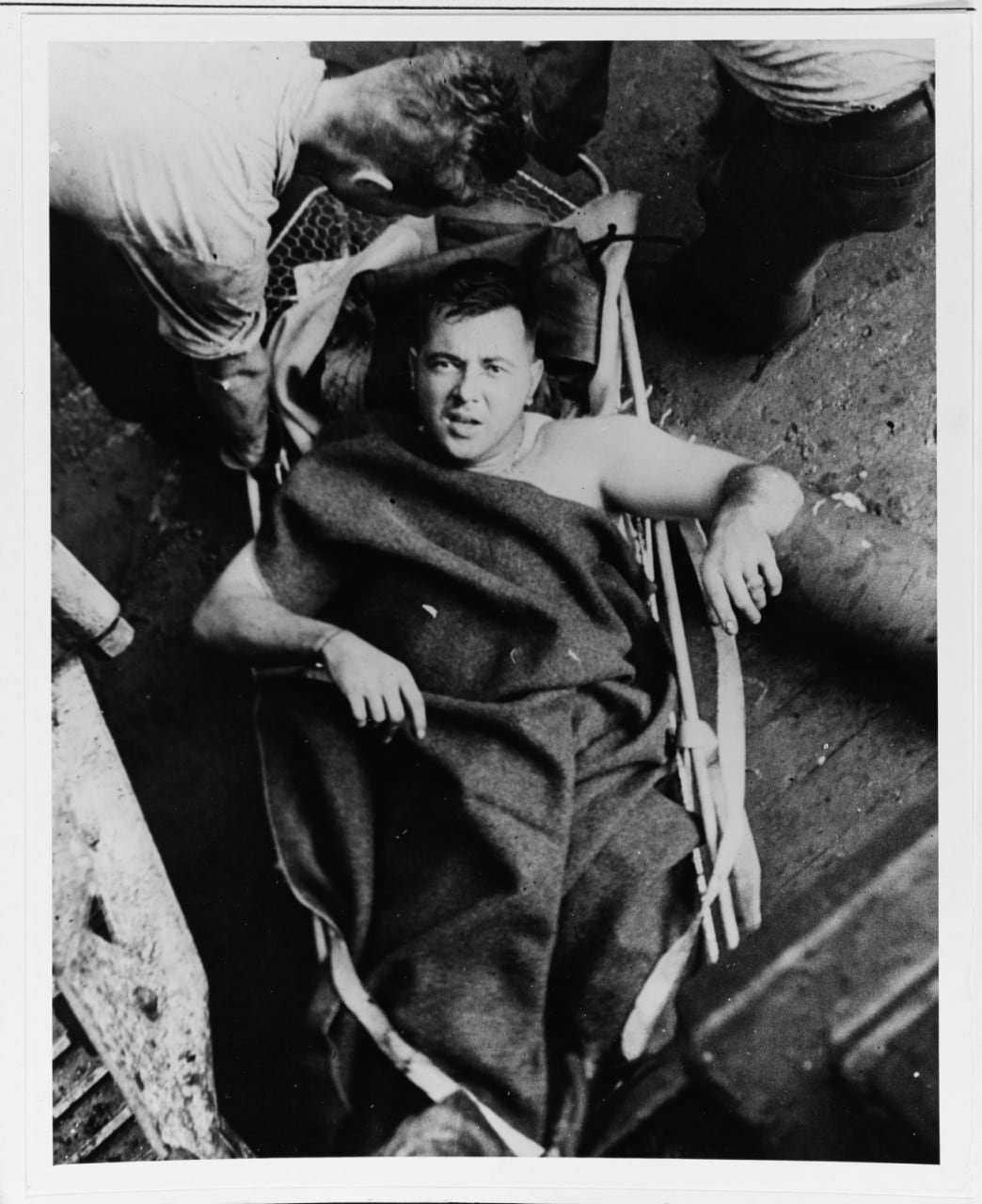
In mid-June 1942 Eaton had reported aboard Northampton after the heavy cruiser’s return to Pearl Harbor from the Battle of Midway. He had then been assigned to Band 26 on the ship, which headed out to sea on June 13 to support operations off Guadalcanal.
Along the way, Northampton helped beat off a Japanese submarine force that attacked near San Cristobal in September and screened the aircraft carrier Hornet during attacks on Bougainville in October. On Oct. 26, Eaton and the crew took part in the Battle of Santa Cruz Islands, where Northampton was one of the ships that tried in vain to save Hornet after it had been struck by enemy aircraft.
Northampton then took aboard 75 Hornet stretcher cases, 50 burn victims and several hundred uninjured survivors.
On Oct. 28, Band 26 played for the funeral of a Marine private who had died from his injuries.
“It was an impressive funeral,” Janes remembered, “and the first we ever had to play for.”
The cruiser took Hornet’s survivors to Noumea, New Caledonia, then went back on patrol and for several weeks dodged torpedoes from submarines and shelled enemy-held islands near Guadalcanal. It returned to Espiritu Santo periodically for fuel and fresh supplies.
Then, in late November as Northampton prepared to leave for Australia for repair work to boilers and to install additional armament, the ship received orders to reinforce a task force that had been circling around Savo Island in search of a convoy of Japanese destroyers carrying troops to Guadalcanal.
At 11:20 p.m. on Nov. 30, Northampton found the convoy off Tassafaronga and opened fire. Though surprised, Japanese destroyermen responded with startling efficiency.
Loosing a salvo of deadly Type 93 “Long Lance” torpedoes, they damaged heavy cruisers New Orleans, Minneapolis and Pensacola, and at 11:50 two torpedoes struck Northampton’s port side.
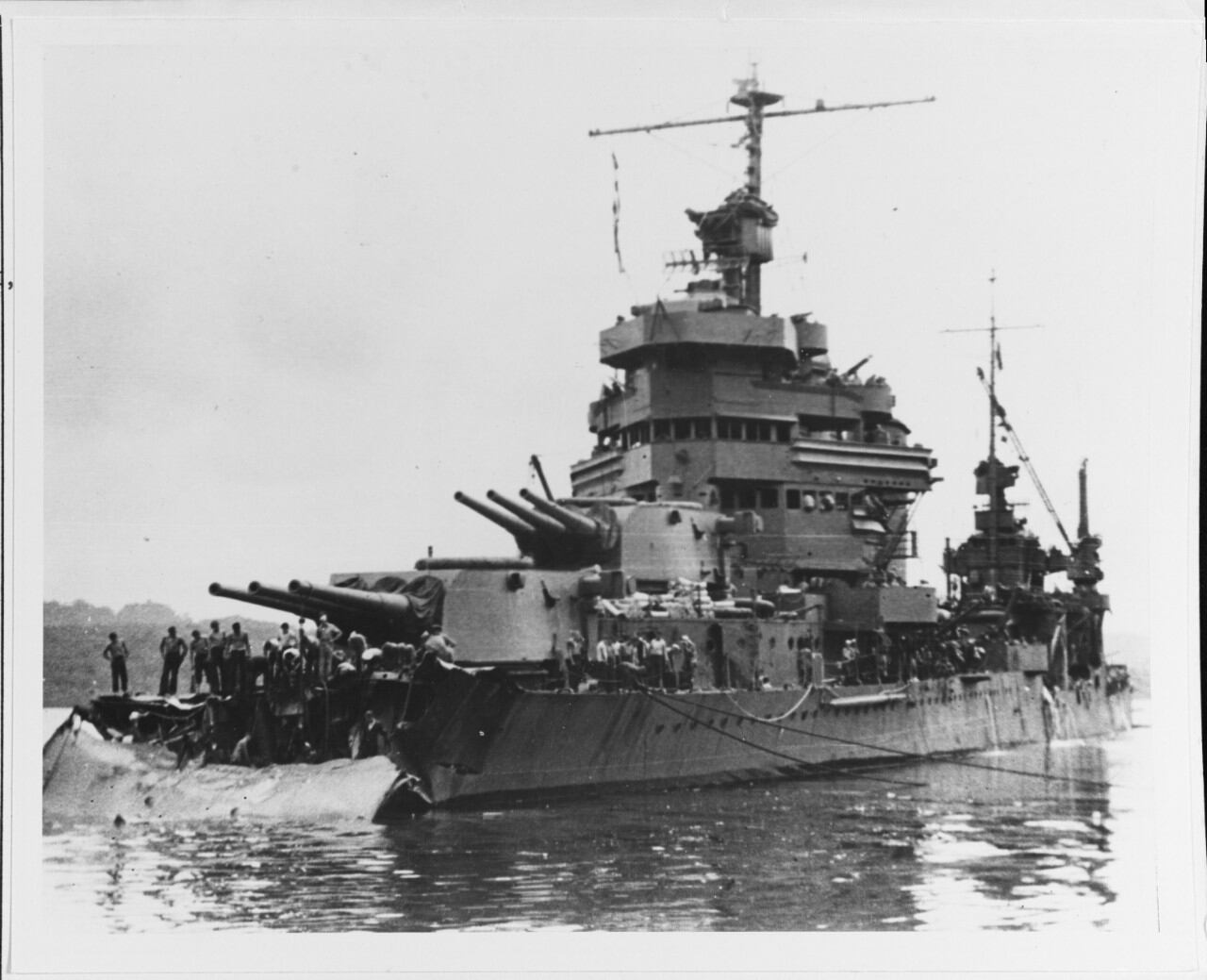
As was customary when the ship was about to go into combat, the members of Band 26 were scattered throughout the ship at their individual battle stations, ready to act as stretcher bearers, ammunition handlers and so on.
On this occasion, Eaton was assigned to help load shells for the ship’s guns and had no idea what was happening until he heard the explosion. He was hurled into the air and hit his head on the steel ceiling overhead.
Since he was wearing a helmet, he was spared serious injury.
As he recovered himself, Eaton heard “All hands on deck!”
His flashlight did not penetrate very far through the smoke, but he made his way topside and helped in fighting fires and trying to bring the ship back on line. Amid the chaos, Eaton was able to locate Janes, and the two men decided to stick together.
Then they received word that the ship’s pumps had failed.
It was not long before the order was issued to prepare to abandon ship. Eaton and Janes went to get life jackets, which had become soaked with gas and oil. They proceeded to their abandon-ship station, the forward 8-inch turret, and stood by for orders.
By the time word was received to abandon ship, Northampton was listing so badly to starboard that the two men could have just stepped off into the water. A nearby sailor had loaded all his belongings onto his body and carried a flashlight to signal for help in the dark.
When the heavily burdened sailor jumped in, Janes and Eaton watched as he sank — the light of his flashlight going down through the water. Weighed down as he was, the man’s life jacket could not keep him afloat.
The two shocked bandsmen then stepped back and emptied their pockets before stepping into the water.
To their surprise it was warm.
RELATED
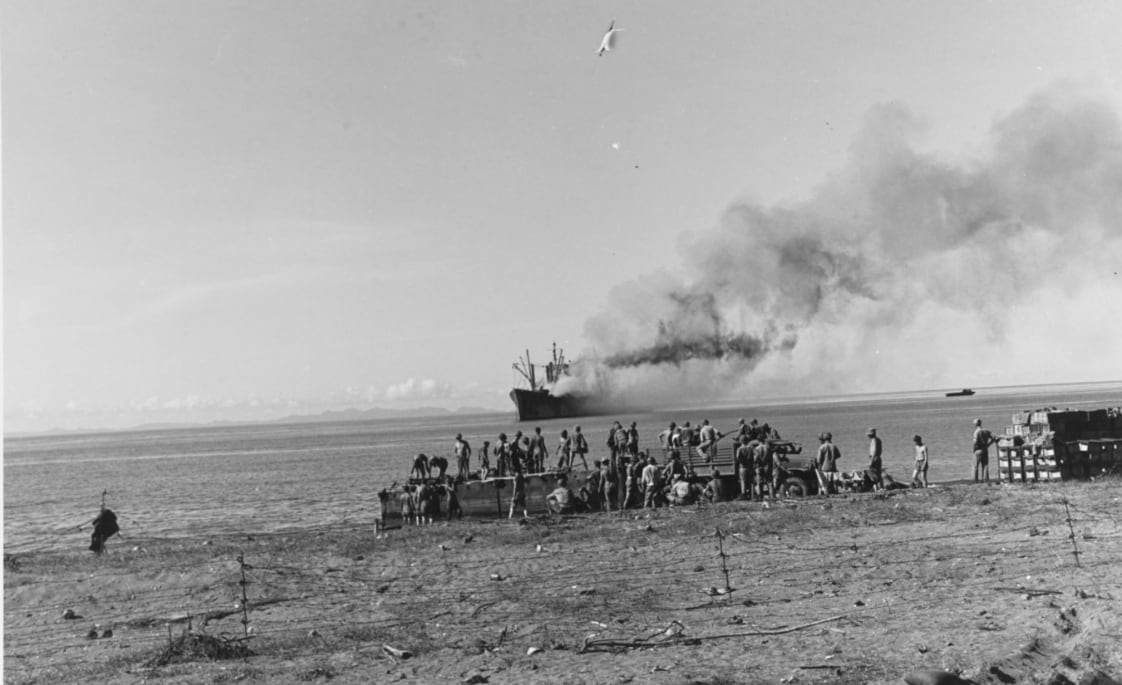
As they bobbed about, the two sailors could see ships signaling that they were friendly. Eaton and Janes swam toward the signals, one of which appeared to be about a mile away.
After about an hour, however, the ships seemed no closer, and having absorbed too much water, Janes’ jacket began to lose buoyancy. Eaton continued to swim alongside while his friend wrung out the preserver. The effort exhausted Eaton and, fearful of losing his friend, Janes kept encouraging him not to give up.
Eventually the pair was picked up by a PT boat and taken to the destroyer Drayton. Safe, the two then had a ringside seat in the early morning hours of Dec. 1 as they watched their ship finally succumb to the torpedo damage and sink three hours after being hit.
Miraculously, Band 26 suffered no casualties.
After a short leave, the band reported for duty on the battleship New Jersey and played until the spring of 1945.
Eaton and some of the musicians in Band 26 were then assigned to the Navy Band in Washington, where they would perform for the funeral of President Franklin D. Roosevelt.
Discharged after the war, Eaton died on May 5, 1987.
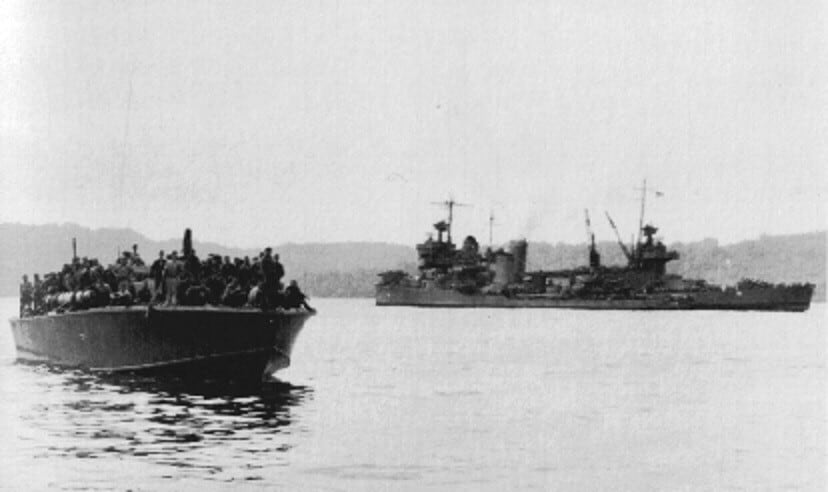
DATE ENTERED SERVICE: 1941
CAMPAIGNS: Pacific Raids—1942, Marshall Islands, Western New Guinea, Leyte Operations, Luzon Operations, Iwo Jima Operations
DECORATIONS: Navy Good Conduct Medal, American Defense Medal, Asiatic-Pacific Campaign Medal
RELATED
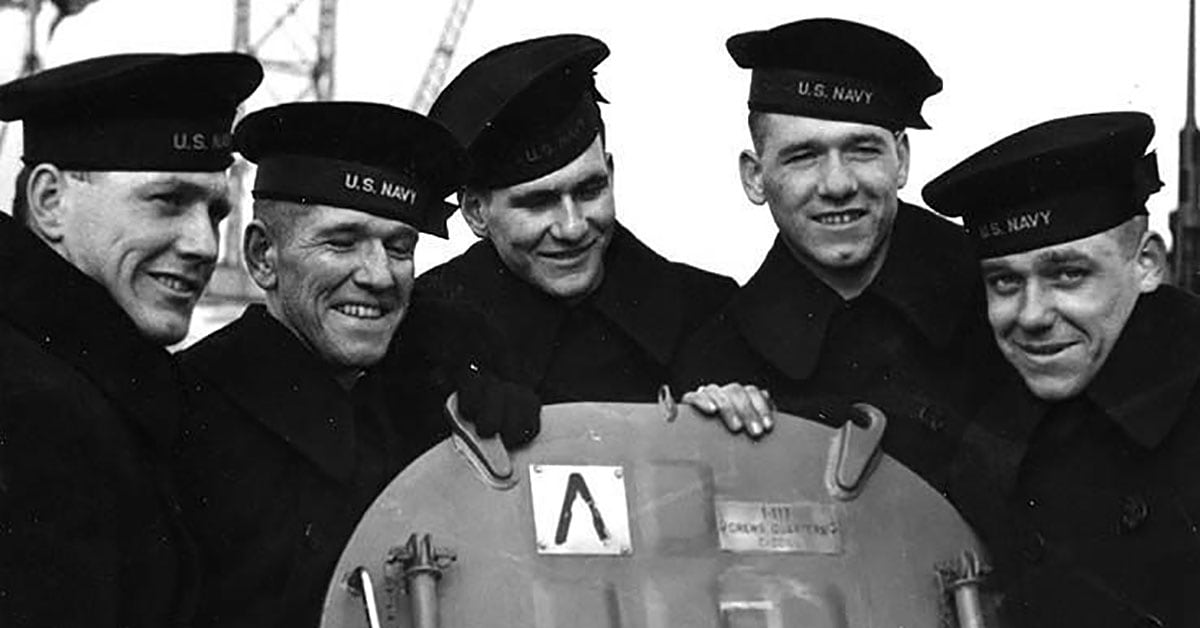
This story originally appeared in the March 2006 issue of World War II, a sister publication of Navy Times. To subscribe, click here.



